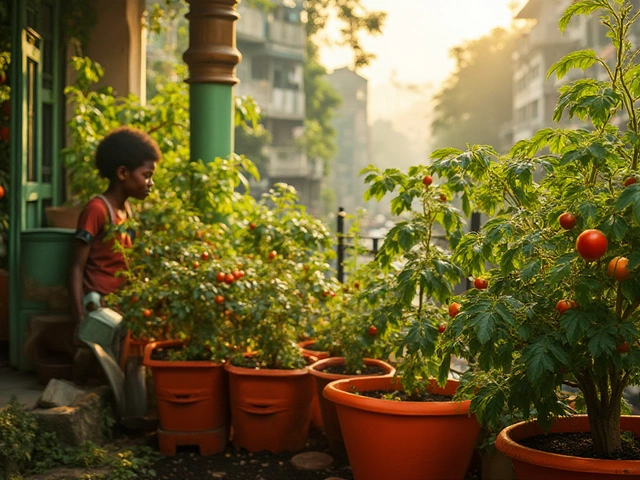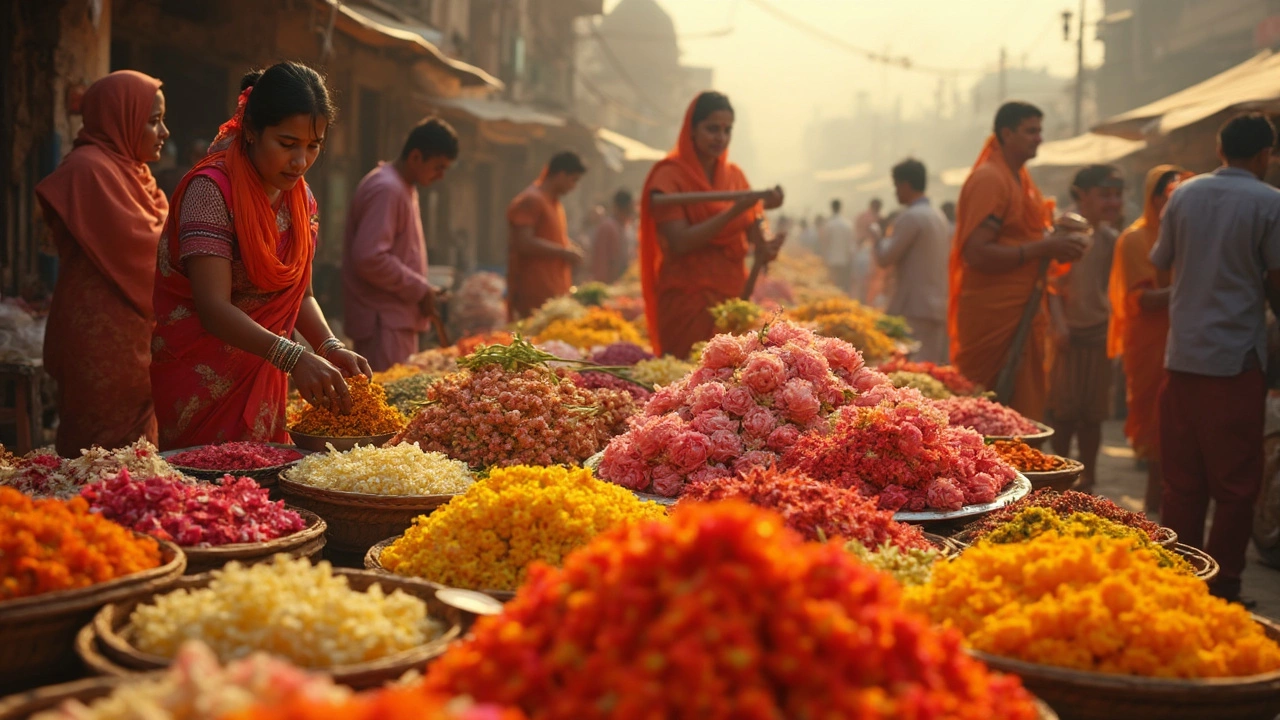Popular Indian Flowers: Quick Guide to Top Blooms
If you love colour in your garden, India offers a huge range of flowers that thrive in different climates. From the bright marigold used in festivals to the fragrant jasmine that perfumes night air, these plants are easy to grow and bring a touch of tradition to any space. Below you’ll find the most loved Indian flowers, the best months to see them in full bloom, and handy tips to keep them looking fresh.
Seasonal Stars – When Each Flower Shines
India’s climate changes a lot from north to south, so each flower has its own sweet spot. Marigold (Tagetes) loves the warm, dry months of March to June, making it a go‑to for Holi and Diwali décor. Jasmine (Jasminum) prefers the milder evenings of October to February; its white stars open after sunset, perfect for balconies and courtyards.
Hibiscus (Hibiscus rosa‑sinensis) blooms all year in tropical zones but hits peak colour in the monsoon months of July‑September. Lotus (Nelumbo nucifera) is a water‑loving plant that shows off massive pink or white blossoms from June to September, ideal for ponds and water gardens.
For cooler hill regions, Rhododendron (Rhododendron arboreum) bursts with red and pink flowers from April to June, while Orchid varieties like Dendrobium thrive in the shady, misty valleys during the same period.
Simple Care Tips to Keep Flowers Happy
Most popular Indian flowers need well‑draining soil and regular watering, but over‑watering is a common mistake. For marigolds, plant them in sunny spots and water once the top inch of soil feels dry. Jasmine likes a little shade in the hottest part of the day – a light mulch helps keep roots cool.
Hibiscus reacts fast to fertilizer; a low‑nitrogen feed every month gives big, glossy leaves and vibrant blooms. Lotus requires a shallow water body at least 30 cm deep; keep the water level steady and change it a few times a year to avoid algae build‑up.
If you’re growing orchids at home, mist them lightly in the morning and use a potting mix that contains bark and charcoal. This mimics their natural forest floor and prevents root rot.
Lastly, remember that many Indian flowers carry cultural meanings. Marigold is considered auspicious for celebrations, while lotus symbolizes purity. Planting them in visible spots can add both beauty and a sense of heritage to your garden.
Whether you have a balcony, a small yard, or a spacious farm, these popular Indian flowers adapt well to most settings. Pick a few that match your climate, follow the simple care steps, and you’ll enjoy a burst of colour throughout the year.
Lotus Flower: Why It's the Most Iconic Flower of India
Uncover why the lotus holds the crown as India's number one flower. From history to gardening tips, let's see what makes this bloom so special.
Which Flower Is Most in Demand in India? Digging Into the Popular Choices
Trying to figure out which flower rules the Indian market? This article zeroes in on the flowers with the highest demand in India—right from temples to weddings, and even daily rituals. You'll get practical insights on why certain blooms outshine others, what's driving their popularity, and real-life tips to grow them yourself. The guide also covers money-making possibilities for home gardeners and small businesses. Expect relatable facts and advice you can actually use to choose and care for popular Indian flowers.
Most Sought-After Flowers in India's Blooming Market
In India, the demand for flowers is not just about aesthetics; it plays a vital role in cultural, religious, and social activities. This article explores which flowers are most sought after in India's diverse and vibrant market. From local favorites to exotic imports, learn about the flowers that capture the hearts of many Indians. It also touches on the factors influencing this demand and how gardening enthusiasts can cater to these preferences.
About
Flower Gardening
Latest Posts

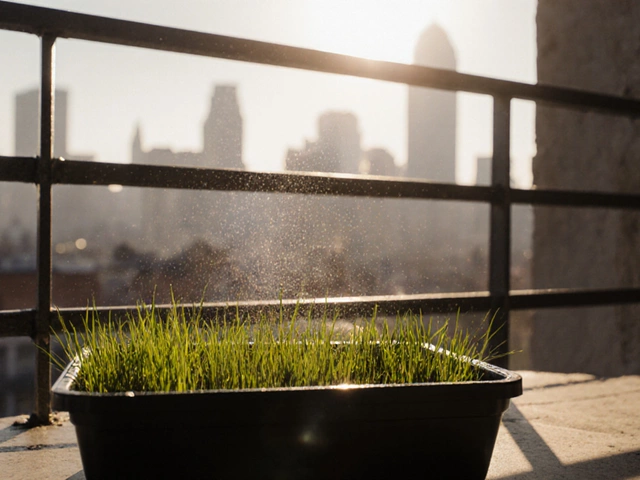
How to Grow Grass on a Balcony: Step-by-Step Guide
By Alden Thorne Oct 9, 2025
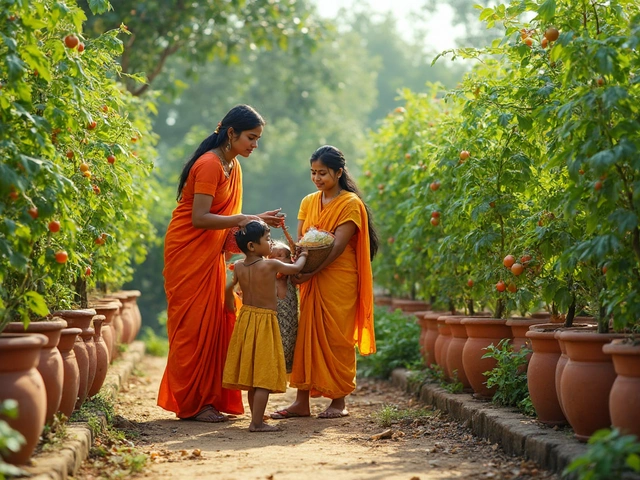
How Often Should I Fertilize Tomatoes? Simple Timing for Big Harvests
By Alden Thorne Apr 21, 2025
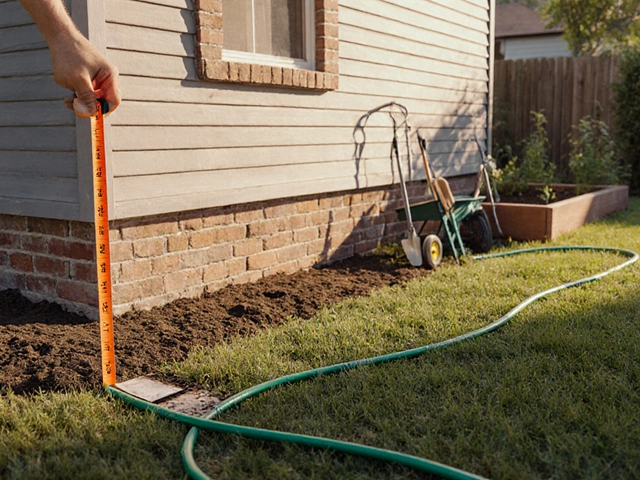
How Far Should a Garden Be From Your House? Practical Setback Guidelines
By Alden Thorne Oct 20, 2025
